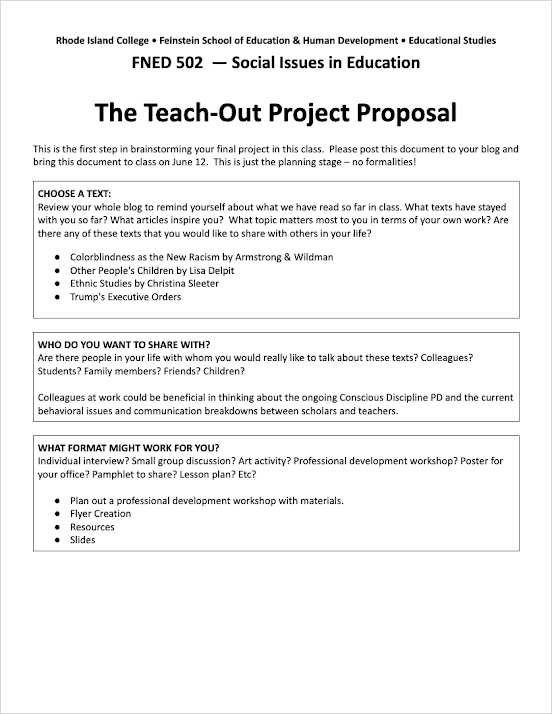In President Trump's Executive Order, "Ending Radical and Wasteful Government DEI Programs and Preferencing," issued on inauguration day, Trump is calling for the eradication of all DEI initiatives within the federal government and those that exist throughout nearly all of the United States on the grounds that, "[t]he Biden Administration forced illegal and immoral, discriminatory programs, going by the name "diversity, equity, and inclusion" (DEI), into virtually all aspects of the Federal Government." In an accompanying Executive Order, "Ending Illegal Discrimination and Restoring Merit-Based Opportunity," issued the following day, Trump argued that the federal government, as well as other major institutions and corporations, has "adopted the use of dangerous, demeaning, and immoral race-and sex-based preferences under the guise of so-called "diversity, equity, and inclusion" (DEI) or "diversity, equity, inclusion, and accessibility" (DEIA) that can violate the civil-rights laws of this Nation."
The use of words and terminology like "infiltration," "pernicious identity-based spoils system," "corrosive," "immoral," and "illegal" within each of these Executive Orders only serves to further perpetuate the narrative that DEI is some nefarious discriminatory practice that only functions to prioritize the unqualified while punishing those who are "overqualified" based on their identity, which is ironically similar to how white supremacy functions. White supremacy, being something he and members of his base claim, is non-existent in an America where someone like Barack Obama has served as President. Trump's use of colorblind rhetoric, coupled with the jargon that proponents of DEI and anti-racist practices often use, is a keen example of the cognitive dissonance that upholds the modern fallacy of reverse racism. It is this manipulation and weaponization of language that galvanizes his base.
For instance, in statements like, "Americans deserve a government committed to serving every person with equal dignity and respect and to expending precious taxpayer resources only on making America great" and "[h]hardworking Americans who deserve a shot at the American Dream should not be stigmatized, demeaned, or shut out of opportunities because of their race or sex" (Trump). Like, yeah... that's the whole point (-.-). Why would anyone disagree with that statement at face value? It represents what marginalized communities have long been advocating for. It ironically speaks to the importance of DEI initiatives. The irony in stating, "...in case after tragic case, the American people have witnessed first-hand the disastrous consequences of illegal, pernicious discrimination that has prioritized how people were born instead of what they are capable of doing," when the United States has been guilty of doing this since its inception considering it was founded by a bunch of slave-owning white supremacist and up until 61 years ago upheld Jim Crow segregation as the law of the land is insanely hypocritical.
Of course, women, people of color, non-heteronormative, and non-gender conforming people receiving opportunities they were previously cut off from would seem like a personal affront to the everyday stereotypical, heteronormative, gender-conforming, white man who benefits from the previous hegemonic order. Equality often looks and feels like oppression for those who have historically been in power. Johnson's article on privilege, power, and difference and Armstrong and Wildman's writings on the function of colorblind racism speaks to the cognitive dissonance and inauthenticity exhibited by Trump, his administration, and members of his base when it comes to discussing issues of inequity and privilege.
Article from The Conversation, "What is 'reverse racism' – and what's wrong with the term?"
Article from The Atlantic, "The Myth of Reverse Racism"















